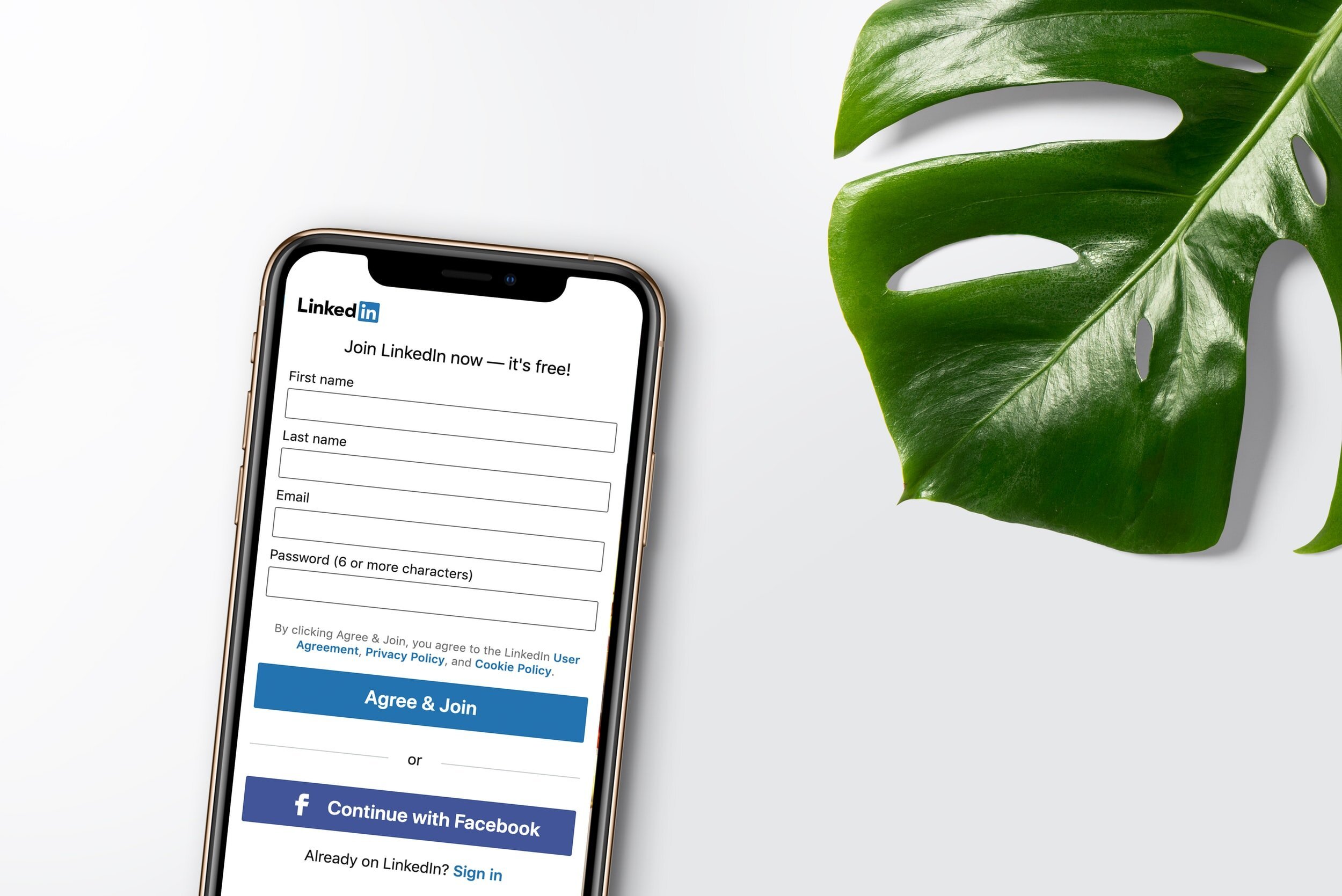Starting Your Content Strategy? Ask Yourself These 6 Questions
Everyone loves a good story. Stories have the power to bind us to one another, and form a connection that transcends a simple interaction. Great stories, the ones we remember, center on the real. We forge relationships with people and brand that wear their honesty proudly on their sleeve and the’r not afraid to convey vulnerability and integrity. People want to know who you are and what you stand for. Move beyond what you do for your customer to what you mean to them. How you align with their values, how you’re a part of their life.
planning-a-content-strategy
Serendipity is how your business launched as a result of coincidence, an accident, passion, or terrific timing. Tell that story. Use specific images, words, and cultural signifiers your customer can relate to and understands.
When you’re crafting your stories and strategies, it’s important to establish a cohesive, clear, and compelling strategy for creating and sharing your stories. So before your start writing your brand story or snapping some inspirational photos, ask yourself these 6 questions:
Whats your objective?
content-strategy-objective
If your objective is singular - like increased revenue - you’re really leaving a lot open to chance. Everyone wants to make money, otherwise every side-hustle and every freelancer must just have a really expensive hobby or charity. The point is to identify a series of objectives here. Whats your plan before and after the sale? How will you keep that customer coming back? Do you need to raise more awareness? Shift public perception?
When a prospect is looking for a product or service to fulfil a specific need, they’re making informed choices each step of the way in evaluating which option is the best one for them. The increase sales and profit, you have to be present in all phases of their journey - from the trigger and search phase to checkout and between points-of-purchase. Before even planning a content strategy, you really need to think about your goals and objectives.
Do you have your brand platform on lock?
brand-platform-content-strategy
Imagine throwing your first house party in a house you built by watching YouTube videos. You set out the drinks, you turn the music on, and when the people arrive you realise you missed the vide in the house building series that focused on creating a blueprint.
Consider your brand platform as the blueprint for your house. You need it so you can host a party without having to drop your friends off at A&E afterwards. A blueprint lays the foundation for the stories you tell and how and to whom you tell them. Before you start building your storytelling strategy, make sure you’ve shored up your brand essentials. Why? Your brand platform is your guideline for ensuring that you’re communicating how and why you’re special and unique in the eyes of your customer. it also guides the story decisions you make to ensure you’re making it clear as to why someone should book a room.
Mission: Describes the purpose of your organization and how you’ll achieve that purpose. For example, Four Seasons’ mission statement is based on The Golden Rule: “To treat others as we’d wish to be treated ourselves. The Golden Rule guides our interactions with our guests, our business partners, and investors, but most importantly — with each other.”
Vision: An aspirational statement that outlines your long-term objectives and goals over time. For example, Marriott’s vision statement: “To be the world’s favorite travel company.”
Positioning and purpose: Brand positioning is defined as the territory you occupy in your customer’s mind relative to your competitors and whether they believe that you’re the best option to meet their needs. How can your company address your prospects’ desired outcomes in a way that no one else can? Your purpose is your business’s reason for being, not selling. It’s human and puts the consumer at the center of the brand. The most successful brands build their positioning into their purpose — shifting from, Where do I stand? to What do I believe? What are my values? What are my vision and mission? Why did I start this business? What keeps me going? What sustains it?
Brand benefits and RTB: Brand benefits are the tangible and intangible value that your customer experiences as a result of using your product or service. There are two types of benefits: rational (or functional) and emotional. Your reason to believe (RTB) is, simply put, why your customer should believe you. What makes your claims and promises credible and trustworthy?
Brand personality, voice, and tone: Personality refers to the human characteristics, emotions, and attributes embodied by a brand. It’s a brand made human by the Dr. Frankenstein of marketing departments, although far less nefarious. Your personality is how you show up and act in front of your customers. Your personality is composed of your tone of voice — all the elements that make an individual unique and establish their identity. Tone of voice is the expression and embodiment of your personality, beliefs, and values — the person behind the brand. Your tone is not only about how you speak, but it’s also the words you use and how you use them (i.e., the cadence and rhythm, velocity, and length of your speech). For example, compare the voices of Four Seasons and Marriott. Four Seasons centers on luxury, decadence, indulgence, and relaxation while Marriott is all about exploration, adventure, and curiosity.
Who are your customers?
customer-content-strategy
Do you cater to billionaires who require helipad-friendly hotels or families on a budget? Your storytelling strategy should center on the customer based on their interests, behaviors, habits, motivations, influences, lifestyles, wants, needs, and preferences. Helipads and bespoke styling services won’t appeal to a family of four on holiday. It’s important to develop a comprehensive profile of your customer so you can create stories that will inspire and motivate them to connect with your brand and gobble up your products.
It’s entirely possible that your brand may appeal to several different kinds of people. For example, Hilton’s Fiji Beach Resort and Spa offer separate amenities for families (e.g., dedicated play areas and pools for kids, babysitting services) as well as adults traveling solo (e.g., spa, adults-only play areas).
That’s why it’s key to build distinct profiles of the kinds of people you want to attract in your content strategy. Then, you can devise a strategy that satisfies the needs of each of those types of customers and the channels on which they reside. For example, Hilton may partner with upscale parenting blogs to showcase its properties and at the same time run PPC advertisements highlighting their couples-only villas complete with champagne toasts and truffles on the pillow.
What do your customers care about?
content-strategy-customer
Smart marketing starts and ends with the data. if you’re not using data, go back to the kiddie table.
As a marketer, good data is worth its weight in gold. It provides valuable insights about your ideal customer and it also communicates whether your marketing strategies targeting that customer are efficient and effective. When creating a storytelling strategy, you have to focus on the kind of content they want to consume, which would influence their decision-making rather than what you, as a brand, want to publish. Why? Because you’re not the one buying your products. If that’s the case you’ve got an expensive hobby, not the makings of a successful business.
Use data to understand their lifestyle, needs, and preferences. Discover the kinds of conversations they’re having online about you and your competitors. Focus on the questions they’re asking, the content with which they engage, and the reviews they leave on your site and other platforms.
5. What channels are they on?
social-media-content-strategy
Gone are the days when you crafted beautiful sites and stories and people would flock to you. When a customer wants to buy a product, your website isn’t the first place they’ll likely visit (unless you’re Amazon).
They might start their search on Google, social media, blogs, or forums — the possibilities, based on your customer and their needs, wants, and preferences are endless. Now, you have to consider your content in the context of its distribution — it’s incumbent on you to find your customers and play on the channels in which they reside.
Consumers are bombarded with over 10,000 brand messages a day — from the labels on their clothes and cereal packaging to the billboards they pass on the way to work — so they’ll need to be ”touched” a lot and often before they even consider your brand. Customers expect emotional connectionsfrom brands — not only does your storytelling have to attract them, but it also has to make them feel something about your brand.
Become a CIA operative when it comes to learning about your customer. Where do they get their information or inspiration from, and who or what influences their purchase decisions? Are they on Instagram and Pinterest or scrolling through James Edition or Rich Kids? Learn about the media they consume (i.e., websites, social networks, newsletters, magazines, TV shows, podcasts) and connect and communicate with your customer where they play — albeit directly through content and engagement or indirectly through ad targeting and remarketing.
6. Do you have the resources?
content-strategy-resources
Now that you’ve laid the foundation of your brand and learned everything you need to know about your customer, you’re ready to start crafting stories. First, you need to be honest with yourself about your resources because you want to be effective and efficient. If you’re going to make the effort, you might as well be realistic about the tools in your arsenal and when and how you can use them. If you don’t have a budget to create videos, don’t create videos. Focus on the resources you have and the ways in which you can create and distribute compelling stories. Ask yourself:
What resources do you have? Even if you’re scrappy with access to free online tools and applications, you’ll still need staff (even if it’s a team of 2 with a camera and a dream) and a budget to plan, create, execute, monitor, and manage the stories you create. You’ll either need a dedicated team of people who can allocate a portion of their week to uninterrupted storytelling.
How much of your resources can be allocated and when? The worst-case scenario is having a lot of ambition to then fail epically in the follow-through. You’ve seen it before — the brand that posts the same stock photo content on every channel with generic copy and rampant promotional messages, which end up looking like spam. The brand that shouts at their customers, instead of taking the time to meaningfully engage with them. The brand that never answers inquiries and ends up copying content from standout brands. The brand no one follows unless it’s for a freebie. Know that it’s better to prioritize your resources in relation to your tactics so you can start small and make your mark instead of overreaching. The channels will always be there and you don’t have to be everywhere all at once — you just have to be remarkable on the channels in which you operate.
After you’ve considered these questions, you still might be pulling your hair out in chunks. And that’s fine. Start simple — know your product, know your customer, and define what kinds of stories will draw them to your products and then publish those stories in the places they reside on and offline.







